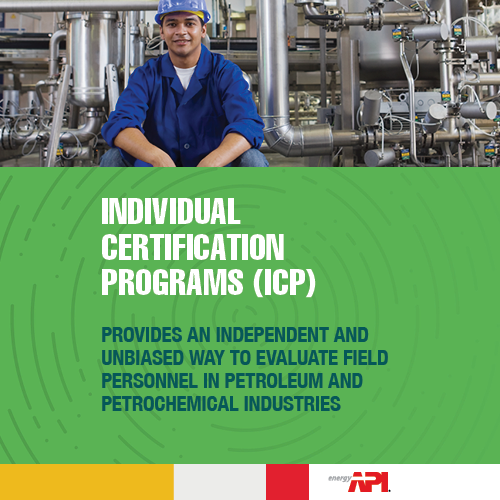Crude Oil Refining Basics
Before diving into the specifics of the various damage mechanisms that are prevalent in the refining industry, it is important to have a fundamental understanding of how the crude oil refining process works. The journey from pulling crude oil out of the ground to creating end products such as gasoline involves numerous different manufacturing processes, each with their own unique mechanical integrity concerns.
To begin with, consider crude oil: crude oils may look the same, but they are not created equally. Some have more gasoline, more asphalt, more sulfur and nitrogen, or more salt.
So, before even making its way into the refinery, the chemical makeup of crude oil brings with it the potential for numerous damage mechanisms.
In a refinery, crude oil is sent through a series of process units in order to create products such as gasoline, kerosene, diesel, naphtha, butanes, asphalt, and many more intermediate and consumable products. The following sections will provide brief overviews of some of the important process units found in refineries.
Crude Oil Distillation Unit
The very first process unit is the crude oil distillation unit, or crude unit.
Crude oil separation begins with washing the crude oil in the desalter. The purpose of the desalter is to remove salt, sand, and silt from the crude. This is the first step in refinery corrosion control.
Delayed Coker Unit
The purpose of the Delayed Coker is to thermally crack large hydrocarbon molecules, such as asphalt, into smaller usable molecules like gasoline and diesel. Coke drums that make up part of this process unit constantly cycle from hot (900°F) to cold (100°F), allowing for the potential of various damage mechanisms such as sulfidation, wet H2S, creep/stress rupture, thermal fatigue, thermal shock, and corrosion under insulation.
Fluidized Catalytic Cracking Unit (FCCU)
Similar to the Delayed Coker, the FCCU (or “cat”) Unit cracks large hydrocarbon molecules into smaller usable molecules. Damage and control issues in FCCU design and operation include corrosive liquids and gases, erosive solids in the form of catalyst, and high temperatures.
Hydrotreater
The purpose of hydrotreating is to remove sulfur compounds from hydrocarbon molecules. To do so, hydrogen gas (H2) is injected in a Hydrotreater. At high temperatures and pressure, the H2 combines with sulfur (S) compounds in the hydrocarbon liquid to produce H2S (a gas). The H2S gas is then separated from the liquid, leaving the liquid sulfur free. However, while removing the sulfur, the hydrogen also combines with any nitrogen compounds that may exist to form ammonia. The ammonia then combines with the H2S to form ammonium bisulfide, a very corrosive compound.
Amine Unit
The purpose of the Amine Unit is to remove the H2S from sour gas, or hydrocarbons which contain H2S. Sour gas can be collected from many different refinery sources, such as the Crude Unit, Hydrotreaters, FCCU, among others. The outputs of the Amine Unit are (1) “sweet” gas, free of H2S, which is then further processed, as well as (2) H2S gas which is then sent to a Sulfur Unit.
There are two types of amine:
Rich amine has absorbed acid gases such as H2S and CO2. These gases make it corrosive. Generally, rich amine occurs when the amine absorbs too much acid gases, is heated at too high a temperature, and/or flows at too high a velocity.
Lean amine has been stripped of the acid gases.
In amine units, an amine molecule (a base) and an acid gas molecule (an acid) are attracted to each other, forming an amine salt. That is how amine “treats” the acid gases up to a certain concentration. However, heating the amine salt can break it back to the acid gas molecule and the amine.
Alkylation Unit
The Alkylation Unit (“alky”) combines cracked gasses that come from either the FCCU or Coker to form large gasoline molecules. This is done because cracked gasses have low economic value, whereas alkylate is a very high octane gasoline and has a high economic value.
Catalyst used in the Alkylation Unit can be either Sulfuric Acid or Hydrofluoric (HF) Acid – they serve the same purpose.
Catalytic Reforming Unit
Catalytic reforming is a process that converts low octane naphtha into high octane liquid. In doing so, the process separates hydrogen atoms from the hydrocarbon molecules and produces very significant amounts of hydrogen gas (H2) for use in a number of other processes involved in refining.
















